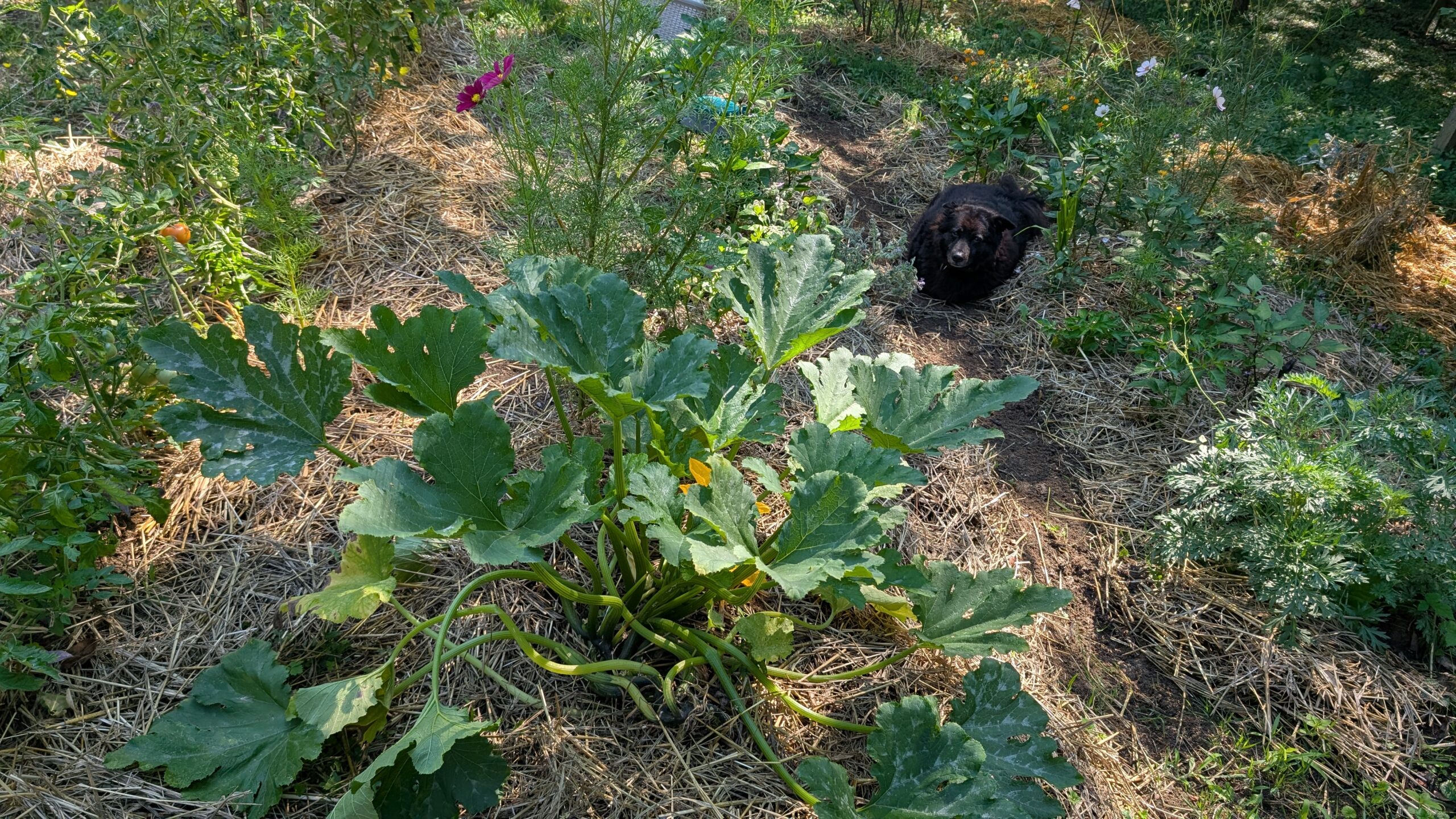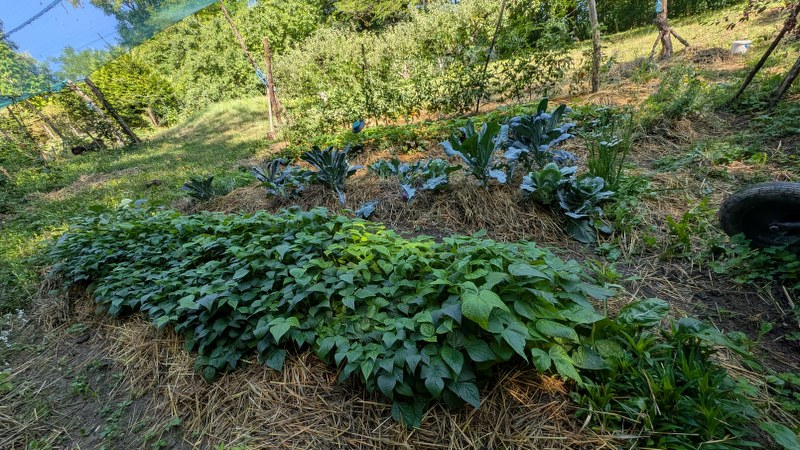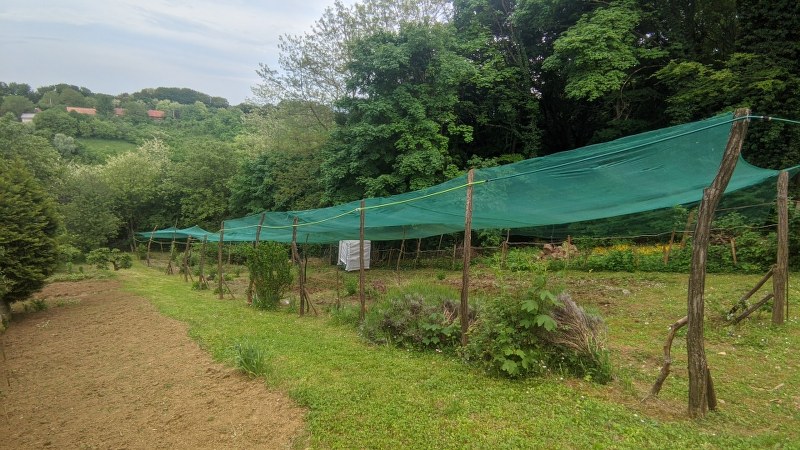August is the month in which we finish with most of our transplanting and sowing jobs and concentrate on keeping our plants healthy. Since August in the Northern hemisphere is the hottest month of the year the biggest job we have is keeping our plants well-watered and protected from too much heat.
There are many ways to ensure that our plants survive the heat. Placing mulch around the plants, watering in the early morning or late evening, using plants as shade, not weeding the useful plants, and planing the heat resistant garden. You can read more about the methods here

Heat can also be dangerous for us so it’s a good thing to plan our gardening in the early morning or late evening, be prepared for the mosquitoes in the evening and all sorts of biting flies in the morning.Still, if your summer is like mine this year, with abnormal amounts of rain it would be advisable to be careful with mulching and watering our plants. The combination of too much rain and mulch can cause our plants to rot and bring diseases.

Another thing that we have to be careful about is diseases. August is a month when we can expect diseases like early and late blight and septoria. We can prevent them or treat the plants and save them from inevitable drying if the diseases are not stopped on time. How to deal with blight read here.
When it comes to harvests, August is the month when most of our vegetables are ripe and harvests are almost daily. Beans come in the first few days of the month, early tomatoes are fully red, first peppers can be harvested.

As soon as we make room in our garden with harvesting some vegetables we can start with sowing new ones. There are really only a few vegetables that can be sown so late. Lettuces, spinach, chard, carrots, and Chinese cabbage can be sown without the worry that they won’t grow before the first frost. Beets can be sown but the roots will probably be smaller than the ones sown in the spring and could be killed by frost before the time they could be harvested.

August is a good time to transplant our late cabbages, kale, and broccoli. Perennial flowers can be divided and bulbs of the spring plants can be taken out of the soil and saved for next year. Also, transplant your Pansies to the garden and don’t forget the strawberries. Now it’s the perfect time to take care of them. It’s time to transplant and fertilize your plants to prepare them for next year.

Flowers which bloom the most in August will be ready for seed collecting so it’s time to start our next year’s seed base. Unlike harvesting and garden caring collect your seeds in the heat, the best time would be around noon. This way we’ll get dry seeds that won’t spoil and will germinate next year.

End of the August usually brings showers and frequent rain so it’s advisable to keep an eye on the weeds. Cough grass only needs a couple dew mornings and it will grow like mad so we’ll not get out of the weeding at least twice in the month.
Planning our work in advance will help us keep our garden healthy and ready for September.




Leave a Reply